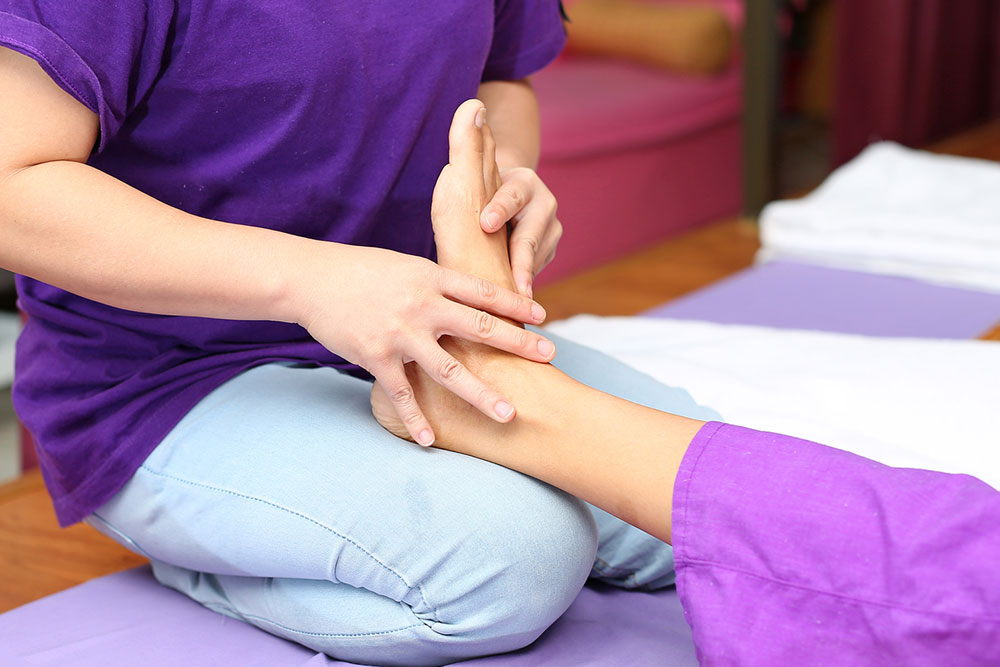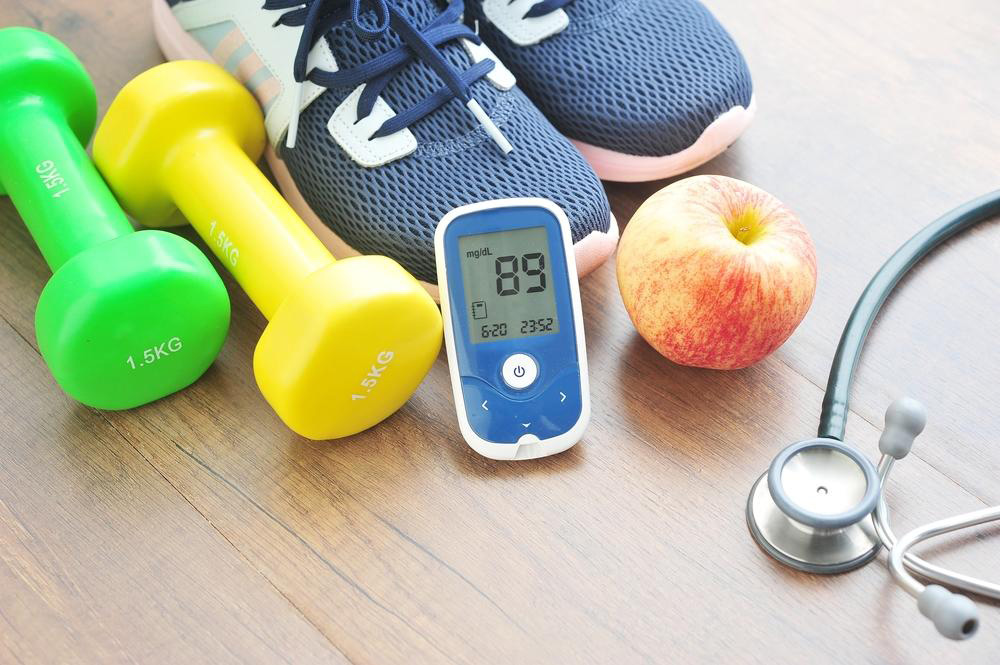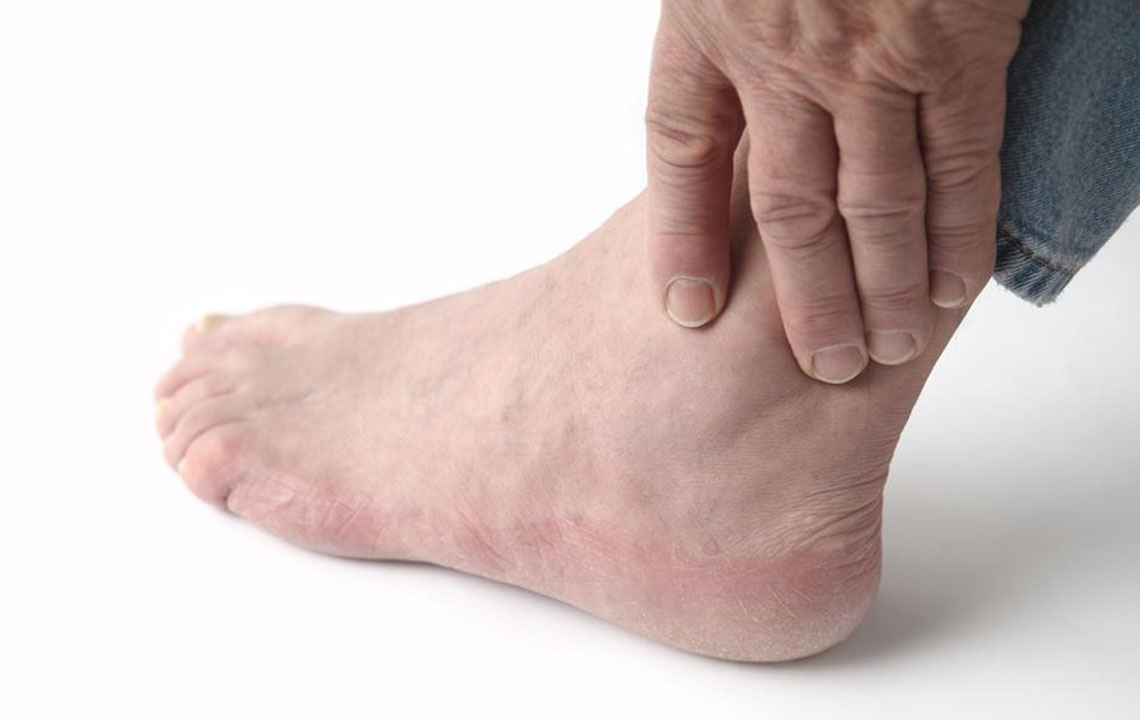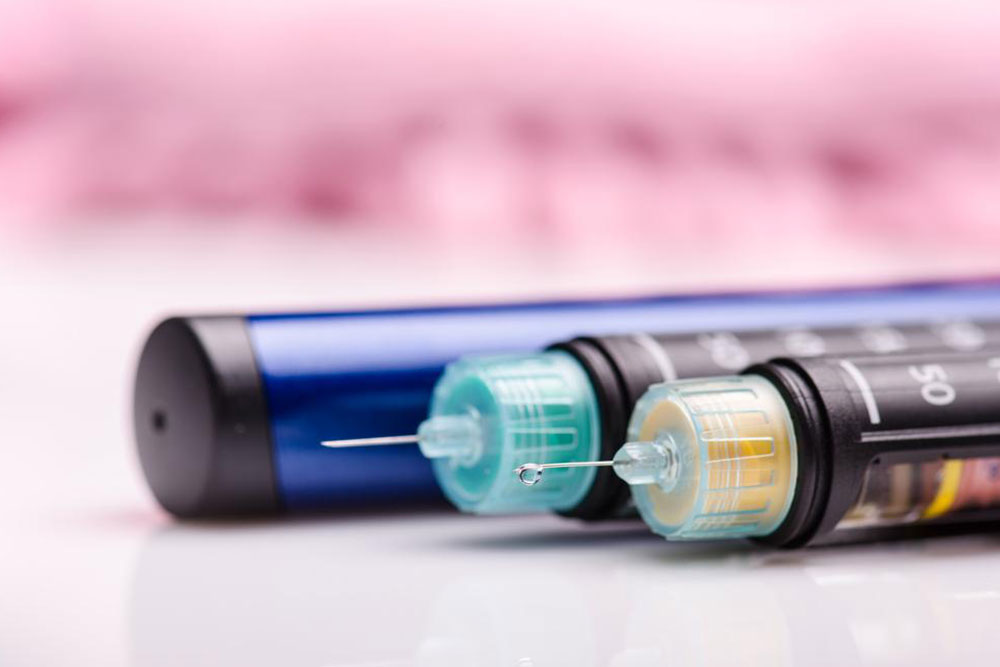Effective Strategies for Managing Diabetic Foot Health
Discover essential tips for managing and preventing diabetic foot problems. Learn daily routines like inspection, hygiene, footwear choices, and blood sugar control to maintain foot health and avoid complications. Early detection and professional care are key to staying active and pain-free with diabetes.
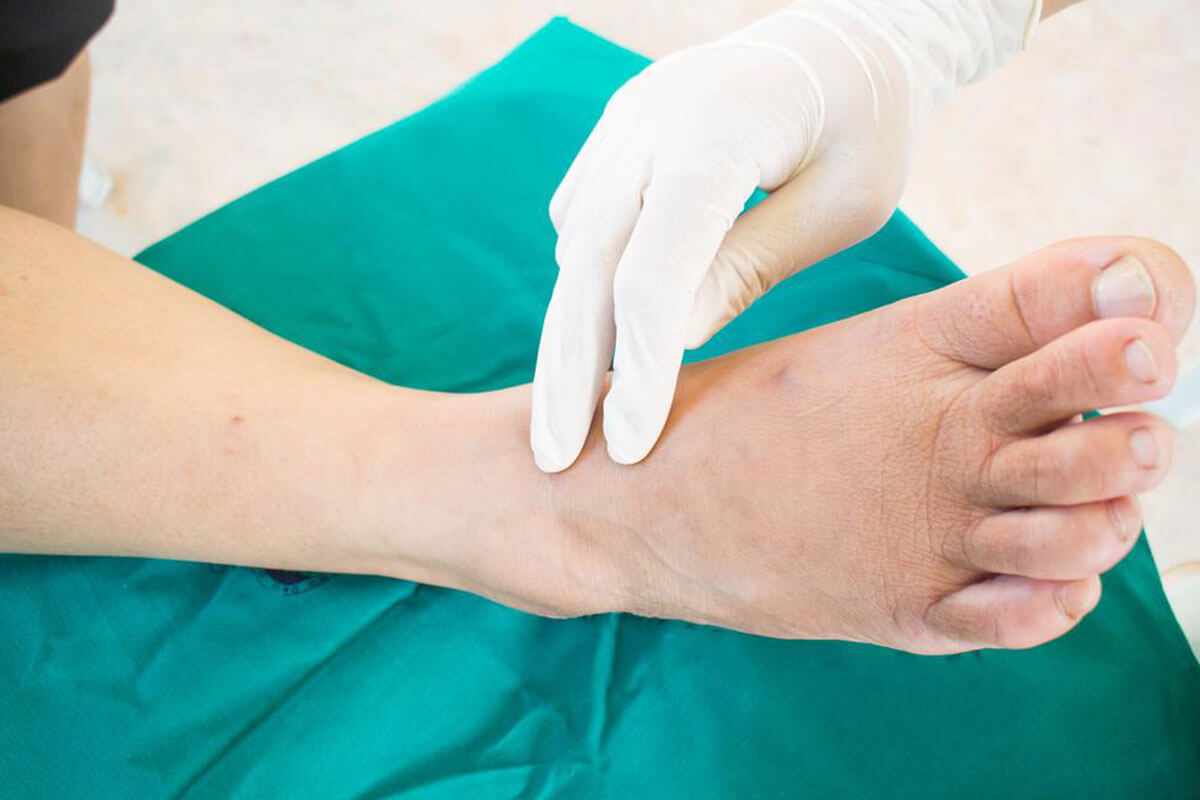
Effective Strategies for Managing Diabetic Foot Health
If you have diabetes, foot discomfort, numbness, or other issues might occur. Here are practical tips to help minimize diabetic foot complications.
Diabetes can lead to foot problems such as blisters, calluses, bunions, hammertoes, ingrown toenails, and fungal infections. Elevated blood sugar harms circulation and nerves, increasing risks. Ignoring these issues can cause severe pain or infections. Prompt medical consultation is essential if symptoms appear.
Maintain foot health with simple daily routines to prevent or reduce problems. Here are key tips for foot care.
Inspect your feet each day
Take a few minutes daily to examine your feet thoroughly. Look for blisters, redness, nail infections, or any unusual changes. Pay special attention to areas between the toes. If self-inspection is challenging, ask a loved one for assistance. Staying vigilant helps catch issues early.
Don't neglect this routine.
Wash feet with warm water
Daily cleaning is crucial. Use warm (not hot) water to wash your feet briefly, then dry thoroughly. Avoid soaking for extended periods to prevent skin issues. Proper hygiene reduces infection risks.
Moisturize and keep feet dry
High glucose levels can cause dry, cracked skin, making infections more likely. Applying a gentle moisturizer daily keeps skin soft without leaving feet damp or sticky, promoting skin integrity.
Manage calluses and corns, address foot problems
Proper toenail trimming prevents ingrown nails. Use a pumice stone to gently remove calluses and corns after bathing. For persistent issues, consult a podiatrist for professional care.
Wear well-fitting shoes or slippers at all times
Always protect your feet with suitable footwear. Thick socks help prevent irritation from shoes made of rough materials. Choose footwear without rough seams or sharp edges, and break in new shoes gradually to avoid blisters.
Select low-impact physical activities
Enhance circulation by engaging in gentle exercises such as walking, swimming, cycling, or yoga. Avoid high-impact activities. Regular toe wiggling during periods of inactivity also promotes blood flow. Consult your doctor before starting new exercises.
Control blood sugar levels effectively
Keeping blood glucose within target ranges is vital to prevent foot problems and nerve damage. Maintain a healthy diet, avoid smoking, and follow your healthcare provider’s advice. Managing blood sugar reduces symptoms like numbness and tingling.
Adhering to these foot care practices significantly decreases risks associated with diabetic foot issues. Regular medical check-ups and early reporting of symptoms ensure proper treatment and better foot health.


